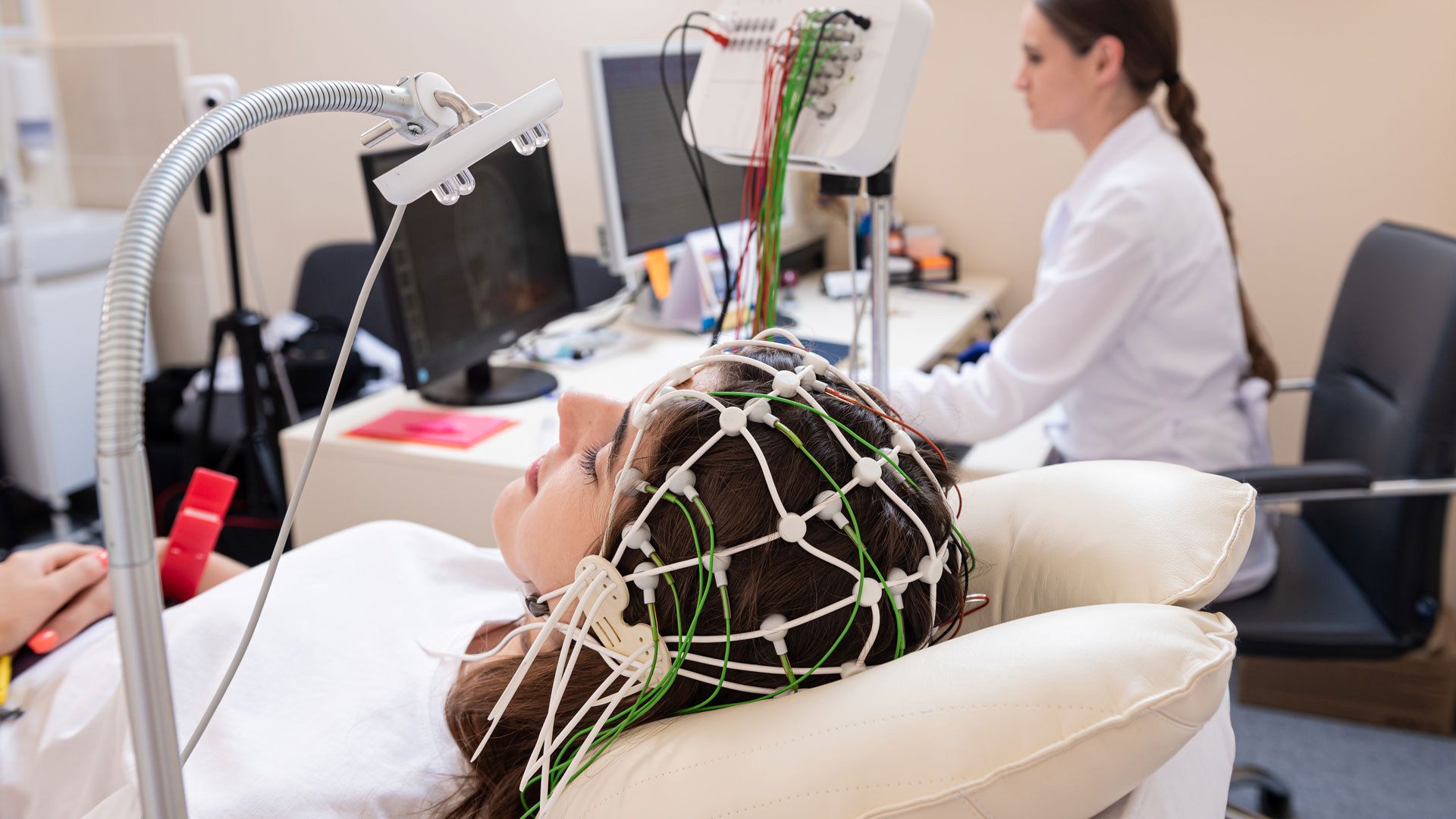According to Statista, in 2021, the global AI market in healthcare was valued at approximately $11 billion USD. It was projected that the global healthcare AI market would reach nearly $188 billion USD by 2030, with an expected compound annual growth rate of 37 percent from 2022 to 2030.
However, in light of the challenges posed by the current digital landscape, it is crucial for healthcare providers not only to adopt technology but also to enhance their operational models to keep up with the growing demands.
This article will offer an overview of the impact of generative AI in the healthcare industry. We will get into the common challenges that healthcare organizations face in managing their data silos, explore the areas where generative AI can address the gaps in the healthcare industry, and provide an example of one of our recent projects, including a four-step solution powered by generative AI.
Challenges in the healthcare industry
Before we go deeper into how generative AI can benefit healthcare, let’s shed light on 3 common challenges that the healthcare industry faces.
Challenge 1. Medical mistakes
Errors such as misdiagnoses, medication mix-ups, and infections acquired in hospitals are significant concerns. Failing to address these issues can result in adverse patient outcomes and increased healthcare expenses.
Challenge 2. Data security and privacy
Ensuring the security of patient data and complying with regulations is a growing concern, particularly in the healthcare sector, where highly sensitive patient information is stored.
Challenge 3. Using new technology
Healthcare systems often face challenges when trying to implement and incorporate new technologies, which can considerably slow down operational efficiency and hinder the exchange of information.
5 ways generative AI can fill in healthcare gaps
Generative AI, with its ability to create, simulate, and analyze data, has the potential to bridge many of the operational gaps in the healthcare industry.
Below, we outline five areas within the industry where this intelligent tool can make a significant impact, addressing essential challenges and creating new opportunities for innovation and enhancement.
-
More accurate medical image analysis
Generative models can improve the accuracy of medical image analysis by generating synthetic images to augment training datasets. As a result, it contributes to the training of more robust diagnostic and segmentation models.
Generative AI can assist in drug discovery by generating potential molecular structures and compounds, thereby accelerating the process of identifying new drugs and therapies.
-
Personalized treatment plans
Generative AI can help create
personalized treatment plans based on a patient’s genetic and medical data. Furthermore, it can generate treatment recommendations tailored to an individual’s unique healthcare needs.
-
Efficient Electronic Health Record management
Generative AI models can generate structured information from unstructured EHR data, extracting relevant information, categorizing it, and summarizing patient records. This makes it easier for healthcare providers to access and analyze patient information.
By analyzing large healthcare datasets, generative models can create predictive models to forecast disease outbreaks, patient admissions, and resource allocation, thereby helping healthcare institutions plan their operations more efficiently.
A 4-step practical example: augmenting doctor-patient interaction and medical processes with generative AI
In this section we will showcase an example of one of Kanda’s projects where generative AI made a significant impact.
One of the key challenges of the project was to streamline medical operations, which involved interfacing with multiple computer systems.
These systems included the standard Electronic Medical Record (EMR), utilized by every doctor’s office for inputting patient data, and various other systems, such as registration, payment processing, and even a medical scribe system.
The medical scribe system stood out as a potential game-changer, as it involved transcribing conversations and providing AI-driven suggestions to doctors.
The most complex part of the challenge lay in the inefficiency of these systems, which resulted in doctors spending a significant amount of time entering data into the devices. On average, medical workers spent two hours on data entry for every hour of patient interaction.
Kanda Software decided to tackle these challenges by
incorporating generative AI features. Instead of relying on manual data entry, the system would incorporate a chatbot-like interface, allowing users to engage in natural conversations and delegate tasks to an AI engine.
This AI engine would then analyze requests, break them into actionable items, and perform tasks across various systems. It could, for instance, fetch insurance data, prioritize urgent cases, and even generate patient summaries.
Through the integration of AI, Kanda aimed to enhance the capabilities of healthcare professionals, making their work more efficient and less burdensome.
Now, let’s explore in more detail how Kanda’s generative AI solution is revolutionizing the way doctors interact with patients and manage medical systems, following these 4 crucial steps.
Step 1: Immediate triage and symptom assessment
When a patient enters the urgent care center, their first interaction is crucial. As soon as the patient describes their symptoms, the AI system assesses the severity. If the symptoms indicate a potential serious condition, such as a heart issue, the AI immediately alerts the administrative worker to prioritize the patient and places them in the queue for rapid attention. This augmentation streamlines the process, ensuring that critical cases receive immediate care.
Step 2: Automated medical transcription
Next, medical assistants engage in conversation with the patient. Instead of manually recording notes, the AI system listens and transcribes the conversation, creating detailed notes for the doctor. This eliminates the need for medical assistants to spend time on note-taking. The AI engine then efficiently summarizes these notes.
Step 3: Doctor’s assessment
When the doctor enters the examination room, they don’t need to go through lengthy notes. They simply read the concise summary, along with AI-generated suggestions for diagnosis and treatment. This approach saves considerable time, as the medical assistant no longer has to retype everything, and the doctor receives a clear, summarized view of the patient’s condition and recommendations.
Step 4: Further doctor-patient interaction and billing support
After the initial assessment, the doctor engages with the patient again, and these interactions are recorded as well. However, this time, the AI engine goes beyond summarizing. For each diagnosis and treatment recommendation made by the doctor during the conversation, the AI system assigns relevant Current Procedural Terminology (CPT) codes. These codes are essential for insurance billing purposes.
“A specific medicine will be given its corresponding CPT code, let’s say CPT Code 7. And if the patient needs an X-ray, that could be CPT Code 20, for example. Knowing these codes is vital because it helps determine whether insurance covers the recommended treatments. In this case, we integrated insurance coverage data, so in real-time, the doctor can inform the patient about coverage status,” explains Goran Skorput, Kanda’s Field CTO on the project.
As the doctor continues through the conversation, they essentially create an invoice for the patient, indicating the patient’s expected payment amount. This information can also be visible to the doctor.
Traditionally, doctors would send patients for tests without knowing if they were covered or not. Later, they would submit claims to insurance, often resulting in denials due to non-coverage or mismatched treatments. This lack of clarity can be a significant issue. With our system, doctors are immediately informed about coverage and alternatives, ensuring a smoother and more efficient process.
“Generative AI not only aids in note-taking and summaries but also simplifies billing and insurance interactions. It assigns CPT codes, informs doctors of insurance coverage, and helps create invoices automatically. This comprehensive approach ensures that both patients and doctors have a clear understanding of treatment costs and coverage, eliminating potential billing disputes and improving the overall healthcare experience,” Goran summarizes.
Conclusion
While the project described above is still in progress, it showcases the immense potential of AI in the healthcare sector.
By automating repetitive tasks and providing intelligent insights, AI can empower medical professionals to deliver more efficient and accurate care. Kanda Software’s innovative approach could pave the way for similar advancements across the medical community.
Stay tuned for further updates on our journey into the future of AI-augmented healthcare and beyond.
Talk to our experts today to embrace the power of AI today!




